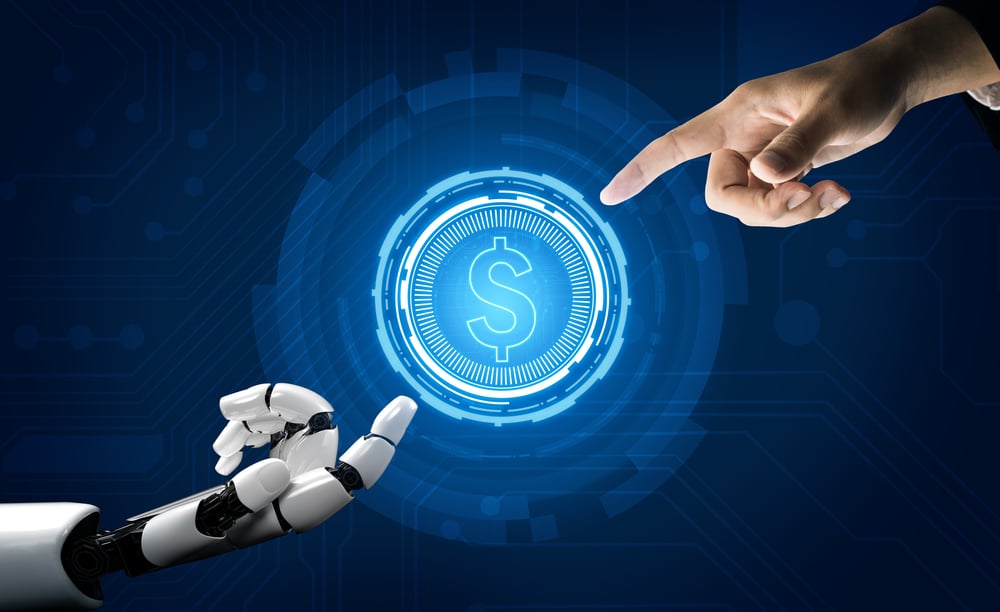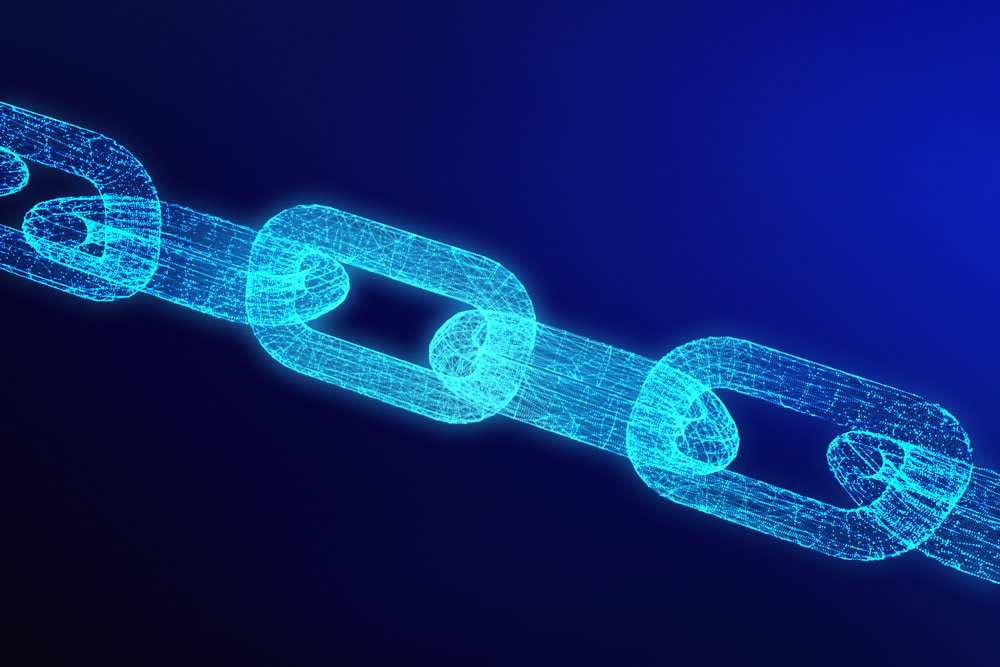
Leveraging advanced data for AI-powered Anti-Money Laundering (AML)
The global financial landscape is witnessing a transformation as institutions increasingly embrace the power of artificial intelligence (AI) to combat money laundering and fraud. AI's technical capabilities present an array of benefits for Anti-Money Laundering (AML) processes, particularly in its proficiencies for data analysis and pattern recognition.
Though, as AI integration gains momentum, it also brings significant challenges that demand thoughtful consideration. Issues such as limited training data and over-reliance without human supervision can have serious implications for AML efforts.

Defending your organization from illegal data's wrath
In today's interconnected world, businesses not only grapple with the management of vast amounts of data but also face the looming threat of illegal data concealed within their digital repositories. This proliferation of illegal data presents a range of risks and challenges that organizations must confront.
Illegal data encompasses a broad spectrum of content or files that contravene laws, regulations, and/or company policy. It includes materials such as pirated software, confidential information obtained through unlawful means, and content that promotes or facilitates illegal activities; as well as content that is simply not acceptable or useful on the corporate network such as holiday videos and cat pics.

Building cost-effective AI models: Creating accessible AI for all
With recent AI development, we have seen the priority of big tech companies be the creation of ever-larger language models. While sheer scale does have its benefits, the escalating costs associated with training and running these massive models has become a significant obstacle, particularly for small and medium-sized enterprises. With this in mind, and as new developers enter the space, we are seeing this trend slowly shift, the focus moving away from models of scale, and now onto how AI technologies can be made accessible and affordable for everyone.
With limited funds posing a significant challenge for smaller organizations looking to invest in AI, we could see prohibitively expensive models stifling innovation and diversity within the market. Customizing models like GPT-4 for specific business use cases currently comes with a hefty price tag, often reaching tens of thousands of dollars. Moreover, as models become more complex, long-term operational expenses soar. For instance, maintaining servers for ChatGPT can incur a staggering daily cost comfortably in the six figures. Smaller enterprises require intelligent and optimized model architectures that can compete with the capabilities of larger models at a price point consummate with their business size.

DevOps platform engineering -- the next generation of DevOps
A decade ago, DevOps emerged as a cultural phenomenon, bringing developers and operations professionals together to break down silos. However, as extraordinary of a shift in IT this was, DevOps has quickly matured to the point where discussing it as a practice seems outdated.
Regardless, the transition from the original concept of DevOps to its current state signifies its triumph rather than its demise. In fact, from the ashes of DevOps rises the platform engineer, a new role specifically tailored for the modern era of DevOps. Under the umbrella of platform engineering, DevOps now operates with a dedicated budget, a team, and a suite of self-service tools that empower developers to directly manage operations.

When putting AI to work, remember: It's just a talented intern
Artificial intelligence (AI) models have been generating a lot of buzz as valuable tools for everything from cutting costs and improving revenues to how they can play an essential role in unified observability.
But for as much value as AI brings to the table, it’s important to remember that AI is the intern on your team. A brilliant intern, for sure -- smart, hard-working and quick as lightning -- but also a little too confident in its opinions, even when it’s completely wrong.

Why content federation represents the next evolution of the CMS
We live in a content economy. There are an estimated 200 million creators on the internet, and upwards of four billion social media users. If organizations want to tap into this burgeoning economy -- set to be worth over $24bn in the next four years -- they must expand their capabilities beyond serving customers basic text and images.
Consumers want connected digital experiences that draw from multiple content sources. However, many organizations risk being held back by their current CMS, as customization and integration challenges slow the creation of new or complex digital services at scale. The result? Innovation happens at the pace that back-end architects and developers want, not the speed the business demands. If organizations are to unlock full value from content, an alternative approach is needed. Enter content federation.

Five ways to reshape the customer-centric product development process
Building products quickly to meet customer needs is more important than ever, especially as customer expectations continue to evolve. According to a recent study from Zendesk, 70 percent of consumers spend more with companies that offer fluid, personalized, and seamless customer experiences. For IT leaders, it’s not sufficient to focus on building things as required, their first focus needs to be on building the right thing. This means establishing a customer-centric product development process that supports discovering what customers really need and bringing a valuable product to market that meets their needs.
The most effective way to bring customer-centric products to market is to develop them incrementally and iteratively, with experimentation to discover how to best fulfill customer needs and with fast feedback to improve the quality of the product.

How cybercriminals use ChatGPT for cyberattacks
Artificial intelligence (AI) chatbots like ChatGPT have become a tool for cybercriminals to enhance their phishing email attacks. These chatbots use large datasets of natural language and reinforcement learning to create typo-free and grammatically correct emails, giving the appearance of legitimacy to unsuspecting targets. This has raised concerns among cybersecurity leaders, with 72 percent admitting to being worried about AI being used to craft better phishing emails and campaigns.
Chatbots can help cybercriminals scale the production of advanced social engineering attacks, such as CEO fraud or business email compromise (BEC) attacks. Additionally, cybercriminals may use AI-powered chatbots to scrape personal or financial data from social media, create brand impersonation emails and websites, or even generate code for malware such as ransomware. In particular, without AI, creating malware is a specialized task that requires skilled cybercriminals. However, the use of chatbots could make it easier for non-specialists to do this, and we can also expect AI-generated outputs to improve over time.

AI solutions for IoT security: How Artificial Intelligence protects low-resource devices
IoT devices are created to perform specific functions, so their technical specs are naturally quite limited. They are unlike smartphones or tablet computers that come with powerful processors and large data storage. Putting traditional security mechanisms like encryption and intrusion detection systems on these devices is impractical. Installing full-fledged security solutions in them is out of the question, let alone AI-powered systems.
However, this does not mean that AI cannot be used to secure IoT devices or entire IoT ecosystems. Here’s a rundown of how AI solutions for IoT are harnessing the benefits of AI to protect IoT and other low-resource devices, including actuators, sensors, wearables, and microcontrollers.

Enhancing workplace security: A comprehensive approach to Mac and mobile device compliance
Workplace modernization has emerged as an important trend impacting organizations of all sizes, in all industries, and across all geographies. The move by so many businesses to embrace modern end-user technologies is anticipated to help improve recruitment, enhance employee productivity, and may have a measurable impact on talent retention.
One of the main forces behind workplace modernization is a belief that employees will be happier and ultimately more productive if they’re able to choose the devices they use for work. Coupled with both technical and organizational support for anywhere work styles, employees are finding they have a much stronger voice in the selection of IT tooling and the accompanying workflows.

Building high-performing tech teams from the ground up
Putting together a technical team from scratch isn’t quite as simple as setting up a few interviews and hiring the candidates that seem like they might be up to the job. Hasty decision-making often leads to unbalanced and misaligned teams, which is why research, planning and patience are all essential when developing a new branch of a business.
When the person responsible for constructing the team is new themselves, this introduces an array of potential stumbling blocks, as they will begin work on the project with a lack of understanding of organizational culture and the overall business structure.

How investment in network security is maturing for global Communication Service Providers
Priorities have changed since 2021 when A10 Networks first surveyed communication service providers (CSPs) to better understand their priorities and requirements coming out of the pandemic. In 2023, the world is now a very altered place, and while the pandemic is largely over, this challenge has been superseded by geopolitical and economic uncertainty on an equally global scale.
Undoubtedly, connectivity played a vital role in keeping the wheels of society and business turning during the pandemic - what would we have done without our video calls and the internet? But it is equally, if not more, essential in today’s uncertain world that CSPs continue to play an important role in keeping society connected.

How do you solve privacy issues with AI? It's all about the blockchain
Data is the lifeblood of artificial intelligence (AI), and the power that AI brings to the business world -- to unearth fresh insights, increase speed and efficiency, and multiply effectiveness -- flows from its ability to analyze and learn from data. The more data AI has to work with, the more reliable its results will be.
Feeding AI’s need for data means collecting it from a wide variety of sources, which has raised concerns about AI gathering, processing, and storing personal data. The fear is that the ocean of data flowing into AI engines is not properly safeguarded.

Securing the oil and gas industry
The oil and gas sector remains a crucial pillar of the global economy, an industry that supports not only millions of jobs worldwide but also underpins essential energy provisions for homes, businesses, and transportation networks.
Yet, as digital technology continues to pervade this sector, oil and gas companies are increasingly being exposed to critical cyber threats. The industry's increasing dependence on digital systems has escalated the importance of robust cybersecurity strategies, presenting an array of unprecedented challenges.

What a steal! How retailers can protect customer data from cybercriminals
Recent Salesforce research shows 52 percent of consumers expect their offers to be personalized. To create these tailored offerings and drive a seamless customer experience, retailers gather vast amounts of personally identifiable information (PII) -- from addresses to purchasing history and payment information. This makes them an irresistible -- and relatively low risk -- target for cybercriminals. As a result, data breaches within retail are increasingly common, even for major retailers -- as we saw earlier this year with the JD Sports Data Breach, which exposed the PII of around 10 million people.
To help protect consumers, governing bodies are putting increased pressure on companies to comply with data protection rules -- including the UK’s upcoming Data Protection and Digital Information Bill. Consumer trust is key when it comes to retail too. So, companies unable to protect their customer data not only risk enormous fines, but significant damage to their brand reputation. So, following recent high-profile retail breaches, how can brands protect their customers’ personal data?

